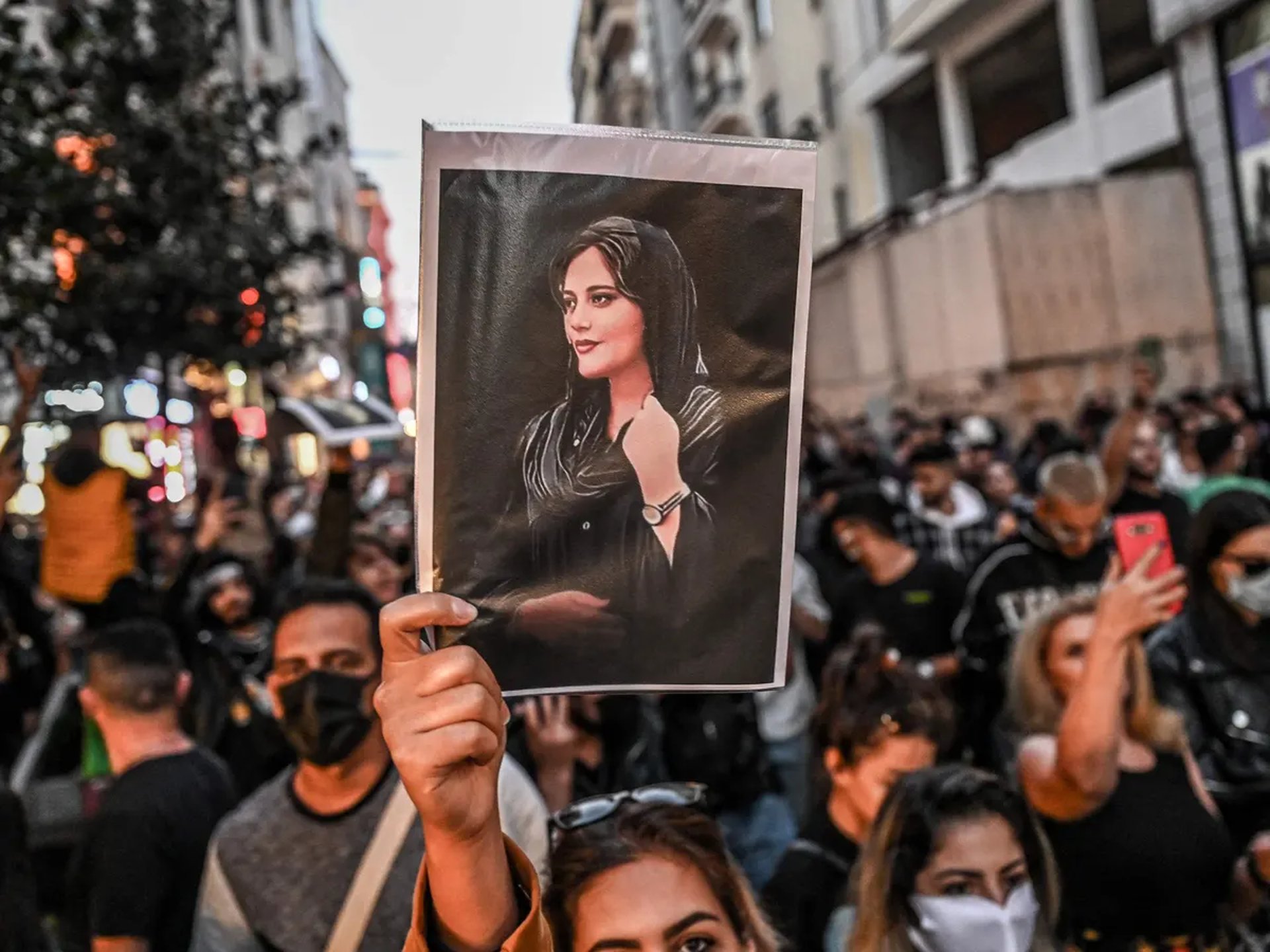The Iranian Government and The Hijab
Blog post description.
11/24/20221 min read

The Iranian Hijab Conflict erupted over the death of Mahsa Amini, 22-year-old women. She was arrested by the morality police in Tehran on 13th of September for allegedly violating Iran’s strict rule on covering their hair with a hijab, or headscarf. The idea behind “covering” herself is to protect her from the unwanted make gaze and the stereotype set by the Iranian government that women are “modest”, “petite”, and “submissive”. Listening to the podcast by Time Of India, wearing the hijab is an example of “radical Islam”, a tool to control women and a slippery slope towards clerical control.
In India, we are protesting to wear it. In Iran, they are protecting to throw it. These two sides of women in two very different countries showcase the dynamics of the development of the nations itself. One forcing women to wear the hijab shows how “backwards” the nation is and also shows us the idea of women they have stereotyped in their nation. Whereas, in India, we see women wanting to wear the hijab and be proud of the religious status it has. These women want to showcase their identity and do not think the veil is something negative.
The conflict in Iran reminds us of how the Islamist rulers in Tehran remain insensitive, blind, and deaf towards the demands of the Iranian women/ people. Ali Khamenei, the third president of Iran from 1981 to 1989, was a close ally of the first Supreme Leader, Ruhollah Khamenei. As Ali continues to believe that violence will drive the protesters away, it is only bringing more raw anger among the Islamic Republic. Not only Khamenei, but even his insistences are splitting the Islamic clerical class. When the coming of the new Shah rule, everything in Islam changed. From restricted clothing to even restricted conversations.
This has created new and contentious fault lines in society, splitting the minority that support mandatory hijab-wearing from the majority that who oppose it and who see it as a fundamental infringement on basic human rights.
